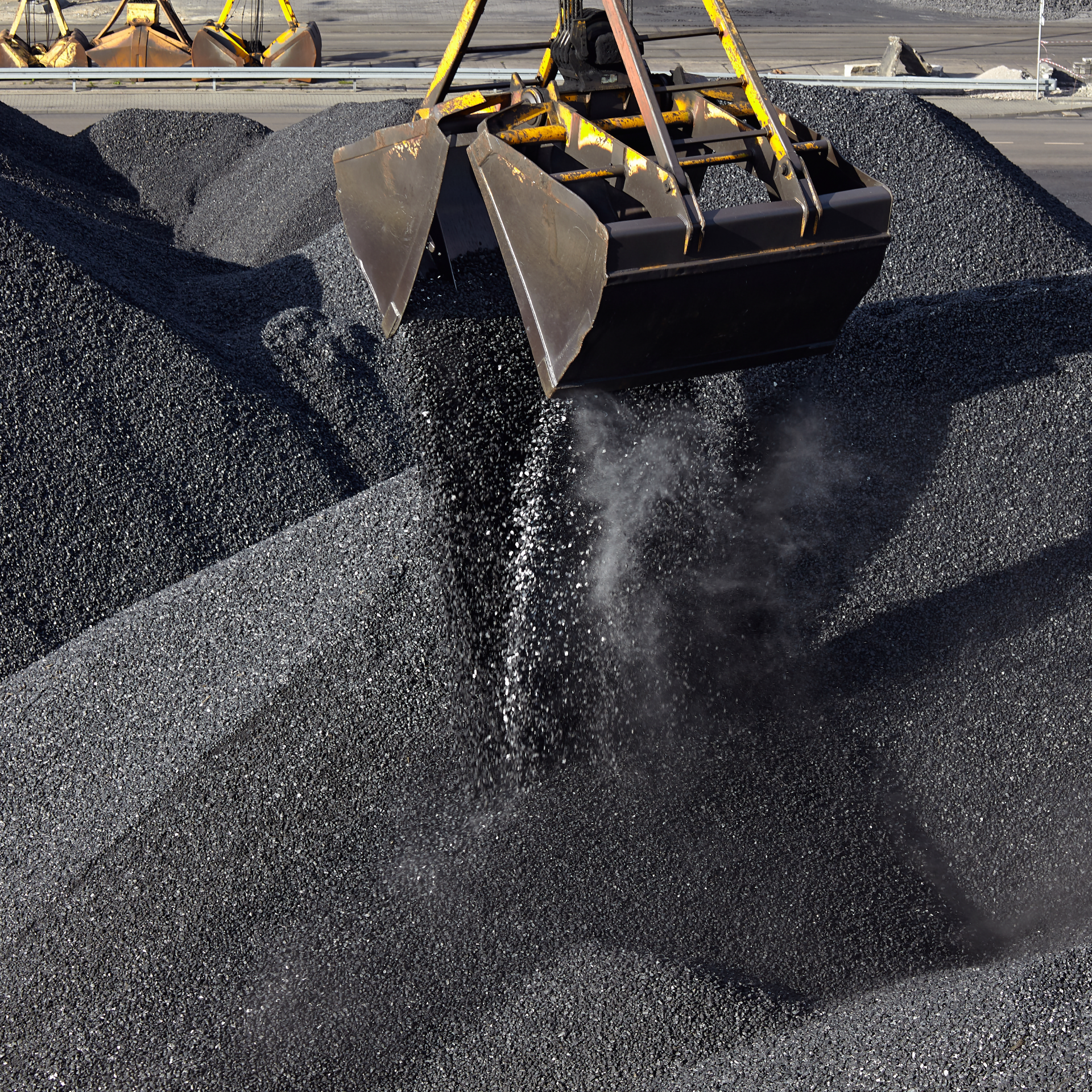China Mobile released details regarding the awards of their 2023/2024 loose-tube tender earlier today. This comes less than a month since they announced the tender on 7 June 2023. The duration between the tender release and the award announcement is significantly quicker than the last several tenders. We understand China Mobile has been encouraged by major fibre and cable producers in China to announce the results as soon as possible to support market sentiment, as the initial tender release has been delayed by more than six months. The bidders or other stakeholders can challenge the results by 7 July 2023.
As expected, competition for the 108.2M F-km optical cable tendered remained strong, although we have not seen massively aggressive behaviour on price bidding. This is a relief to the global fibre and cable industry. According to the results, the final settled weighted average cable price in RMB, including VAT, remains largely unchanged from the prior tender, at RMB73.00 /F-km. However, currency fluctuations played a notable role when converted to USD due to the RMB depreciation. Prices dropped to $9.11 /F-km excluding VAT – a decrease of 8.8%.
The top four winners took a total of 60% share of the 108.2M F-km, equivalent to 64.9 M Fkm. This is another 6% increase in the total share they won from the 2021/2022 China Mobile tender, and as much as 15% increase from the 2020/2021 China Mobile tender, highlighting their dominant positions in the Chinese domestic fibre and cable market.
YOFC took the number one spot once again, wining a 19.36% share of the total volume, equivalent to 20.9M F-km. This is followed by Fiberhome at 15.48%, ZTT at 13.55% and Hengtong at 11.61%. When taking an initial look, it appears Futong only won the fifth spot with a noticeably lower share of only 6.25% this year. However, CRU understands the sixth winner – Shenzhen New Aoke Cable – is a subsidiary of Futong Group. If we were to add the results of two companies together, they have also achieved a total of 11.67% share. This makes it close to Hengtong at fourth place, but one could argue that Hengtong also holds Jiangsu Nanfang and Xi’an Xiguguang – the other two successful bidders in the tender. The complexity of cross shareholding between Chinese fibre and cable companies cannot be overstated, especially for the ‘Big-5’.
Still, Futong’s share and volume have both dropped markedly from the prior tender, even when including New Aoke Cable, as shown in the chart below. On the other hand, Fiberhome is the only ‘Big-5’ producer which managed to increase its winning volume this year (16.7M F-km) compared to the prior tender, although it also bided with the lowest total price (RMB7.08 bn).
In terms of prices, CRU sees that the bidding prices of China’s ‘Big-5’ are higher than the rest of the winners. After conversions, the weighted average cable price for the ‘Big-5’ is RMB74.3 /F-km including VAT, around RMB1.3 higher than the total average. This suggests top Chinese producers can still score higher in the China Mobile tender to win major shares without sacrificing too much on prices. This is a positive development, indicating Chinese manufacturers have started to focus on improving other scoring criteria in order to win major tenders such as product quality, product delivery, brand reputation etc.
While it is difficult to translate the cable tender awards into a meaningful price point for bare fibre, it is suggestive of an implied fibre price in the region of RMB29.20 /F-km including VAT, or $3.65 /F-km excluding VAT, according to the tender awards. This is a tad lower than CRU’s Chinese G652.D bare fibre spot prices collected in May at $4.00 /F-km, but it is common for the China Mobile tender to settle at slightly better price levels given its huge volume.
In addition, RMB has further depreciated by another 2.5% against the US dollar just over the past two months, also acting as a drag on prices. In fact, the implied fibre price in local currency is approximately 2.7% higher than the 2021/2022 China Mobile tender.
Looking ahead at the second half of the year, CRU believes the final settled prices in the China Mobile tender will act as floor for fibre and cable prices in China. This will also provide the much-needed support to prices in the rest of world, for example for Indian and European markets. CRU understands both markets have been under pressure and experienced a notable drop in prices since late-2022, partially due to cheaper fibre and cable imports from China. After the China Mobile tender awards, China Telecom’s 50M Fkm tender awards should follow next. We expect to see similar, if not higher, award prices in this tender. We could also expect China Unicom and CBN to announce their respective optical cable tenders later this year.

















